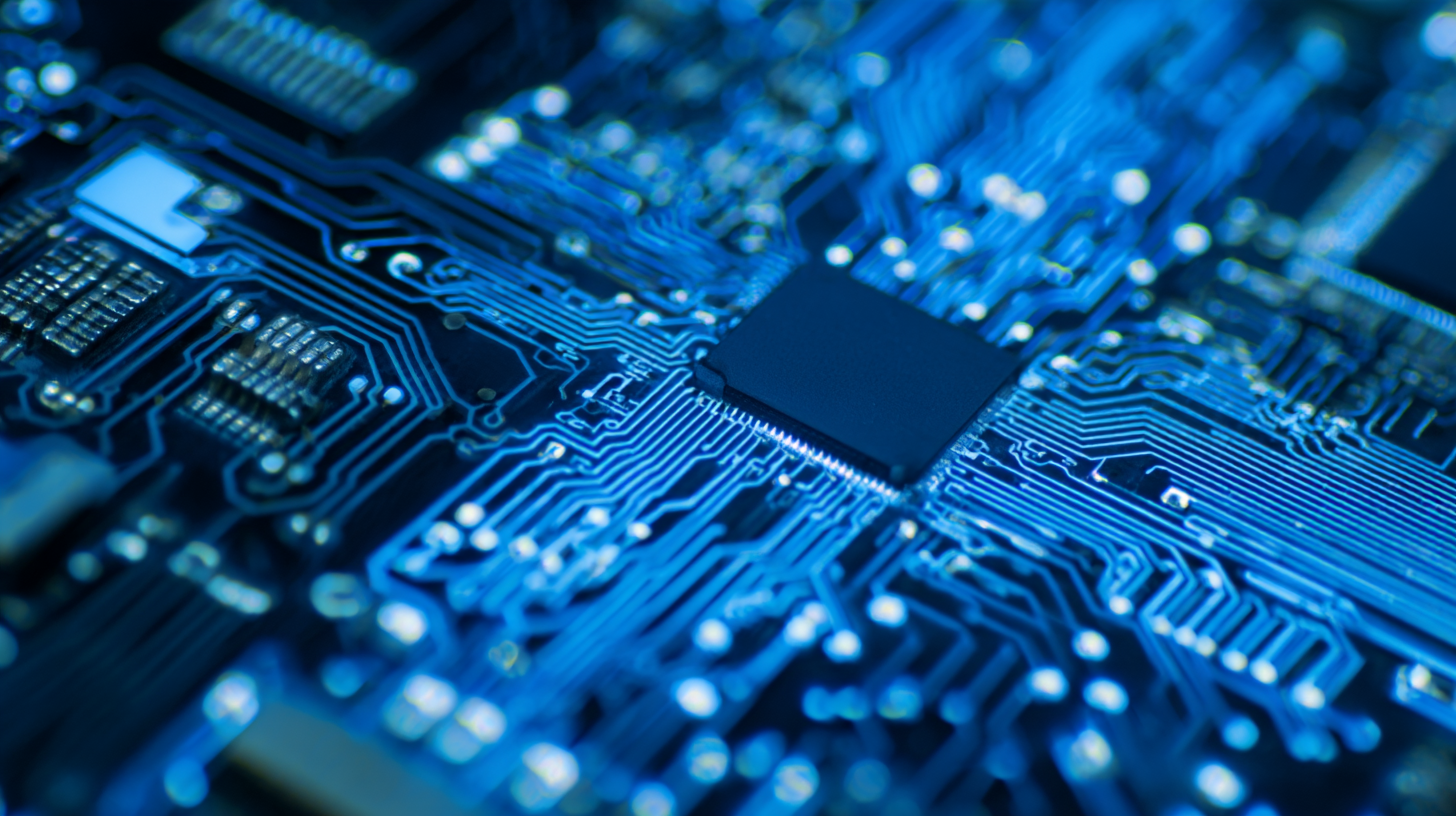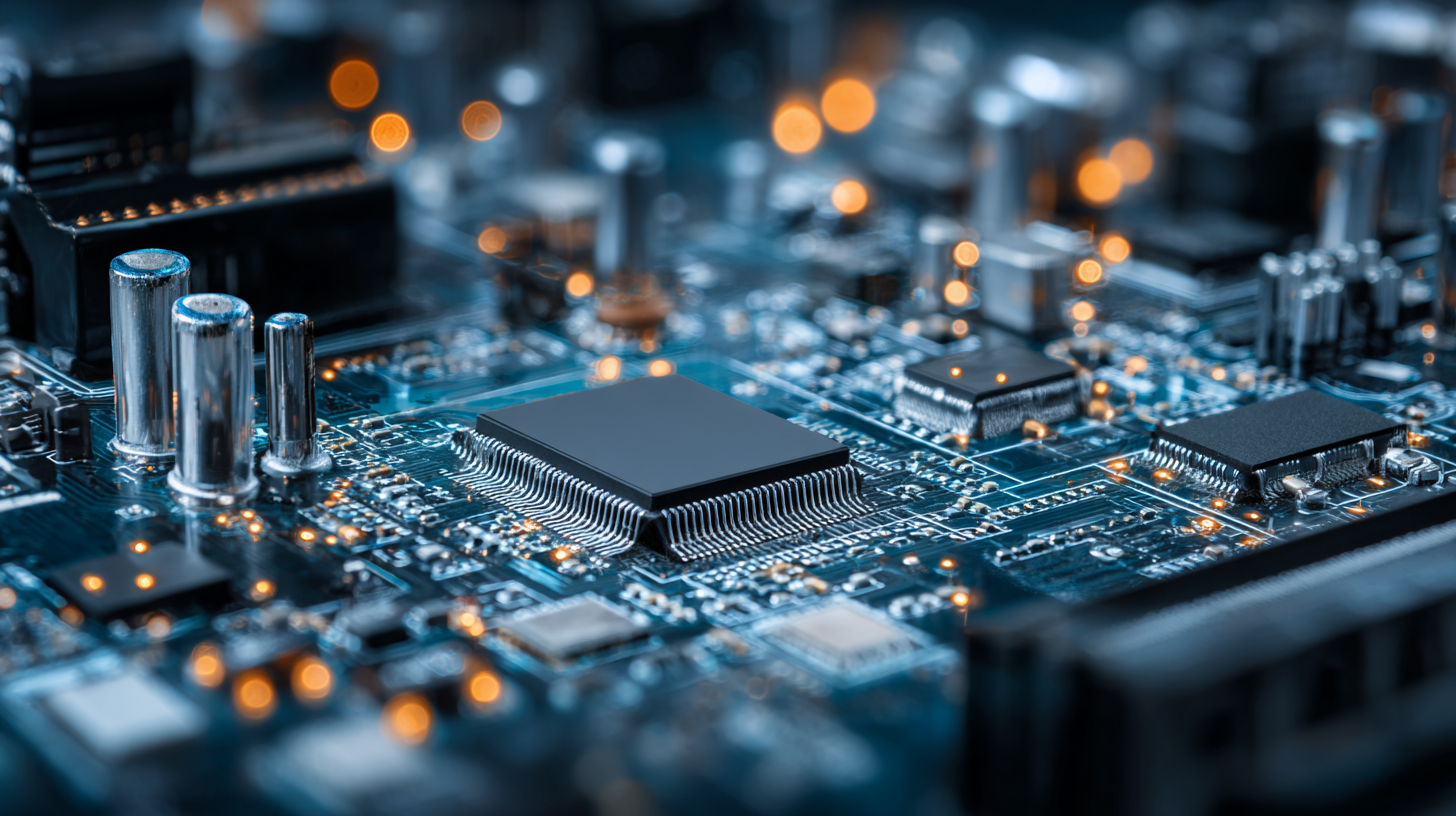2025 Guide: How to Optimize Your Flex PCB Assembly Process for Maximum Efficiency
In the evolving landscape of electronics manufacturing, optimizing the flex PCB assembly process has become crucial for companies striving for maximum efficiency and product reliability. As the demand for lightweight and compact electronic devices continues to rise, flex PCBs are increasingly favored for their adaptability and functionality. However, achieving optimal performance in flex PCB assembly requires a deep understanding of the nuances involved in this specialized process.

This guide will explore key strategies and best practices for refining your flex PCB assembly, emphasizing methods to enhance production speed while maintaining high-quality standards. From selecting the right materials to implementing advanced manufacturing technologies, each element plays a vital role in streamlining operations. By prioritizing efficiency in the flex PCB assembly process, manufacturers can not only reduce costs but also minimize time-to-market, which is critical in today’s competitive environment. The insights presented here aim to equip manufacturers with the knowledge needed to thrive in an industry characterized by rapid technological advancements.
Key Considerations for Selecting Materials in Flex PCB Assembly
When optimizing your flex PCB assembly process, selecting the right materials is crucial for enhancing efficiency and performance. The choice of substrate, for example, directly impacts not just the flexibility of the circuit but also its thermal and electrical properties. Consider materials such as polyimide and polyester, which offer excellent thermal resistance and flexibility, ideal for various applications.
Tip: Always conduct thorough testing on material samples before full-scale production to ensure compatibility with your design requirements.
Additionally, incorporating high-quality conductive inks can improve the reliability and durability of flex PCBs. The conduction path must be carefully considered; using silver or copper inks can significantly enhance the electrical performance. Also, consider the adhesive systems used for lamination, as they can affect both the mechanical strength and the overall functionality of the assembly.
Tip: Collaborate with your suppliers to stay updated on the latest advancements in materials and techniques, as this can lead to more innovative solutions in your assembly process.
Streamlining Design Processes for Enhanced Flex PCB Production
In the rapidly evolving landscape of Flex PCB production, optimizing design processes is crucial for enhancing efficiency. With the integration of advanced tools, teams can achieve real-time collaboration that minimizes delays and streamlines workflows. Recent industry reports indicate that companies employing cloud-based solutions have seen a 30% reduction in production time due to improved communication and automated change management. This forward-thinking approach allows design modifications to be implemented swiftly, thereby reducing iteration cycles and accelerating time-to-market.
Advancements in tools and technologies, such as the innovative approaches using AI-driven automation in drilling for PCBs, are also pivotal. These technologies demonstrate impressive path optimization capabilities, which not only enhance productivity but also significantly improve the precision of manufacturing processes. A study highlighted that automation could lead to a 40% increase in production efficiency, translating to substantial savings in both time and costs. By adopting such innovations, Flex PCB manufacturers can stay competitive in an increasingly complex global market, where supply chain risks loom large and operational efficiency is more critical than ever.
Flex PCB Assembly Process Optimization: Throughput vs. Design Complexity
This chart illustrates the relationship between design complexity and the average throughput of Flex PCB assemblies. As design complexity increases, the throughput tends to decrease, highlighting the importance of optimizing design processes for maximum efficiency in production.
Implementing Advanced Manufacturing Technology for Efficiency Gains
In the pursuit of optimizing Flex PCB assembly processes for maximum efficiency, adopting advanced manufacturing technology is crucial. The rise of "lighthouse factories" in China exemplifies how digital technologies and automation can significantly enhance production efficiency. These factories leverage Industry 4.0 principles to facilitate real-time data analytics, automation, and artificial intelligence, enabling manufacturers to achieve streamlined operations and reduced waste. The integration of smart technologies can lead to substantial improvements in the speed and quality of PCB assembly, a vital component in numerous electronics.
Furthermore, as the global manufacturing landscape evolves, businesses must align with new standards and innovative practices. Recent advancements in manufacturing have highlighted the importance of embracing green and sustainable production methods. The Jiangxi Province's efforts to promote green development within the manufacturing sector underscore the strategic need for industries to adapt to ecological requirements while enhancing productivity. This dual focus on technological advancement and environmental responsibility positions companies to stay competitive in an increasingly complex global value chain.
Quality Control Best Practices for Flex PCB Assembly
When it comes to flex PCB assembly, implementing rigorous quality control measures is paramount to ensure optimal performance and reliability of the final product. One effective practice is to establish detailed inspection protocols at various stages of the assembly process. This includes visual inspections to identify physical defects, as well as functional testing to verify that each unit meets the operational specifications. Employing automated optical inspection (AOI) technology can significantly enhance the precision of these inspections, allowing for quick identification of issues such as improper solder joints or misaligned components.
Another critical aspect of quality control in flex PCB assembly is the training and certification of personnel. Ensuring that all team members are well-versed in both the technical and procedural elements of assembly can reduce the likelihood of errors. Regular workshops and refresher courses can keep the workforce updated on the latest technologies and methods, facilitating a culture of quality and continuous improvement. Furthermore, documenting every step of the process and analyzing any discrepancies allows for the identification of areas needing enhancement, ultimately leading to greater efficiency and reduced waste in the production cycle.

Effective Supply Chain Management Strategies for Flex PCB Success
In the competitive landscape of flex PCB assembly, effective
supply chain management (SCM) is crucial for success. Recent reports highlight that
organizations leveraging advanced SCM strategies have reported up to a
20% increase in operational efficiency. This efficiency
stems from improved visibility and collaboration across the supply chain, allowing companies to respond quickly
to disruptions and shifting market demands. Moreover, businesses that adopt
sustainable practices within their supply chains
not only enhance their competitiveness but also align with growing consumer expectations for environmental responsibility.

Strategic partnerships play a pivotal role in optimizing the flex PCB assembly process. According to findings
from a recent industry event, 79 participants from 50 companies discussed
how cultivating strong partnerships can enhance resource sharing and innovation in manufacturing. This
collaborative approach fosters resilience, enabling firms to navigate challenges such as global supply chain
disruptions. Furthermore, integrating ERP and SCM technologies can facilitate
better forecasting and inventory management, leading to cost reductions of up to 15%, allowing businesses
to allocate resources more efficiently and focus on scaling their operations effectively.